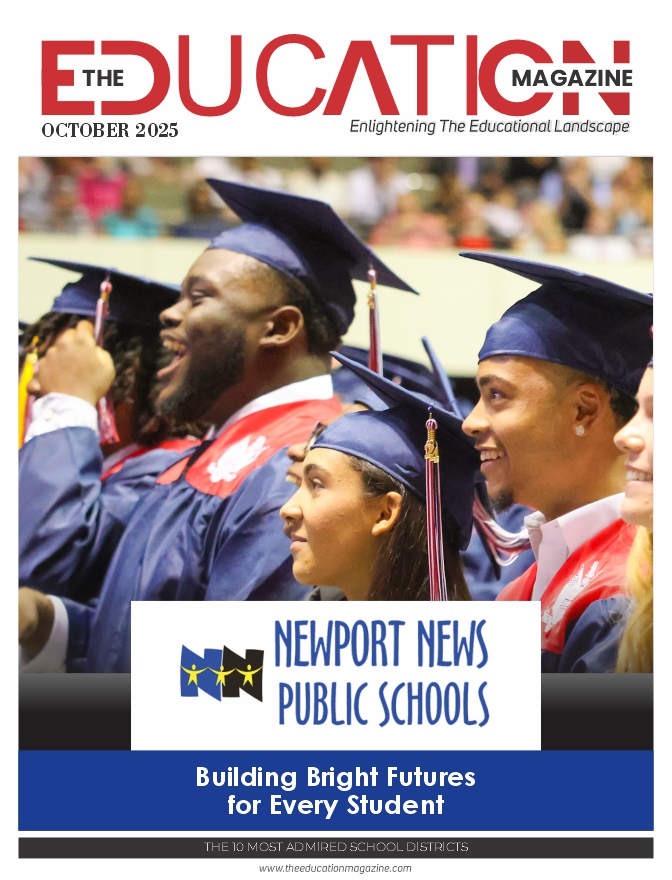Fashion schools used to focus almost entirely on sketching, sewing, and fabric theory. Those skills still matter, but the industry has shifted. Today, brands rely on technology as much as they do on creativity.
Students entering the field need more than design instincts. They need to understand systems, data, and the tools that guide modern business. Education is catching up by blending creative methods with digital thinking. This mix is shaping the next generation of fashion leaders.
Bridging Creativity and Technology
Design thinking has become a central part of many classrooms. It trains students to solve problems through empathy, experimentation, and iteration. That approach works well in fashion, where consumer needs drive every decision.
At the same time, schools are adding data-focused tools. For example, fashion inventory software gives students a chance to see how products move from concept to sales floor. They learn that design is only part of the process. Management and organization decide whether a great idea ever reaches customers.
The Value of Data Literacy
Numbers may not feel glamorous, but they tell stories that guide success. Fashion programs now emphasize data literacy alongside traditional skills. Students learn how to read sales figures, track stock, and analyze consumer trends.
This knowledge builds confidence when they step into real-world roles. It helps them see beyond aesthetics and recognize patterns that shape the market. When a designer understands both style and numbers, they hold more influence inside a brand.
Tools That Mirror the Industry
Education works best when it reflects reality. Modern platforms give students a hands-on experience that mirrors the professional environment. They manage collections in digital systems. They simulate orders, track performance, and see how small mistakes ripple through the chain.
By practicing with industry-standard tools, they leave school ready to contribute immediately. That preparation makes them more attractive to employers who need talent that adapts quickly.
Encouraging Sustainable Practices
Fashion education cannot ignore the topic of sustainability. Waste and overproduction remain pressing problems. By using digital tools in classrooms, students learn how to manage resources more efficiently. They see how accurate data prevents unnecessary stock and reduces environmental impact.
They also explore materials and processes that align with ethical values. This awareness turns sustainability from a buzzword into a practice. When future leaders embrace it early, the industry benefits long term.
Collaboration Across Disciplines
The next generation of fashion professionals will not work in silos. They will collaborate with marketers, data analysts, and supply chain managers. Schools are beginning to reflect this shift.
Projects now bring together students from different disciplines. They work as teams to design, market, and track a collection from start to finish. This setup prepares them for the teamwork that defines modern fashion companies. It also shows them how diverse perspectives strengthen the final outcome.
Preparing Students for Rapid Change
The industry evolves faster than ever. Trends emerge on social platforms overnight. Consumers shift preferences without warning. Education must prepare students for this constant flux.
By teaching adaptability and problem-solving through design thinking, schools equip them for uncertainty. By adding data management skills, they ensure graduates can respond with precision. The combination creates professionals who thrive under pressure. They know how to pivot without losing focus.
The Future of Apparel Education
Next-gen fashion education will not abandon sketchbooks or draping tables. It will enrich them with digital systems and strategic thinking. Students will leave with a toolkit that balances artistry and analysis. They will know how to design garments that inspire and also manage products that sell.
This balance is where the industry is heading. The schools that embrace it now will shape graduates who lead the way. The future of fashion belongs to those who treat creativity and data as partners, not rivals.
Final Thoughts
Fashion education is changing fast. Students need both creative skills and data-savvy thinking to succeed. Tools like fashion inventory software teach them how to balance design with practical decision-making. They learn to reduce waste, manage resources, and track products efficiently.
By blending design thinking with data management, schools prepare graduates for a world where speed, accuracy, and creativity all matter. The next generation of apparel professionals will thrive because they can create, analyze, and adapt—all at the same time.
Also Read: Enhancing Business Outcomes Through Effective Data Quality Management Strategies










